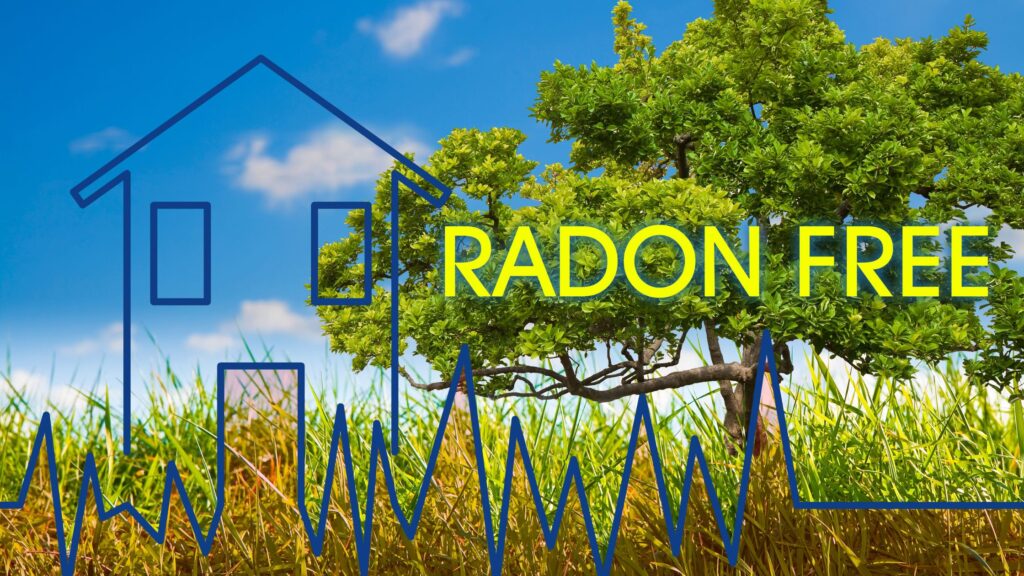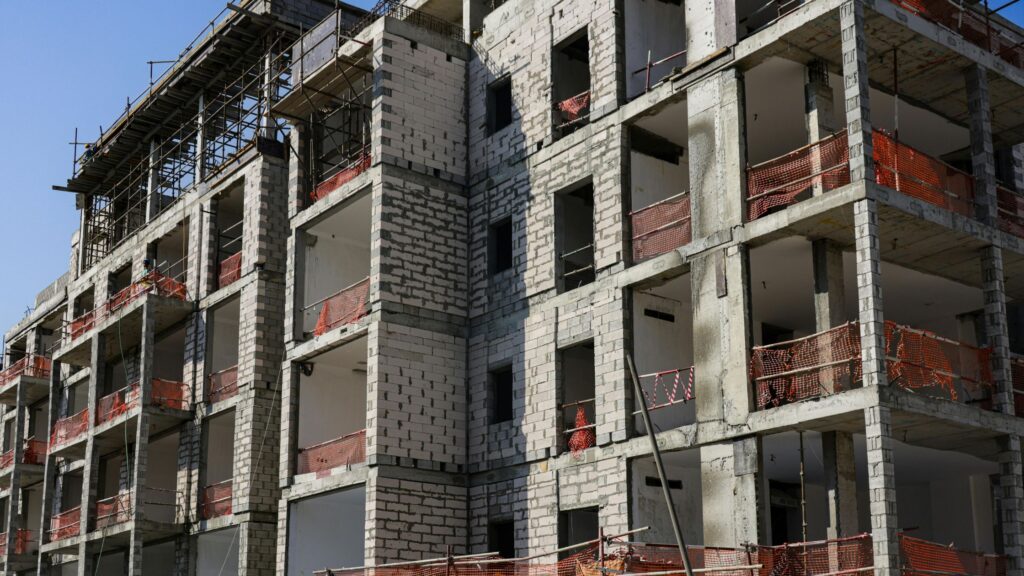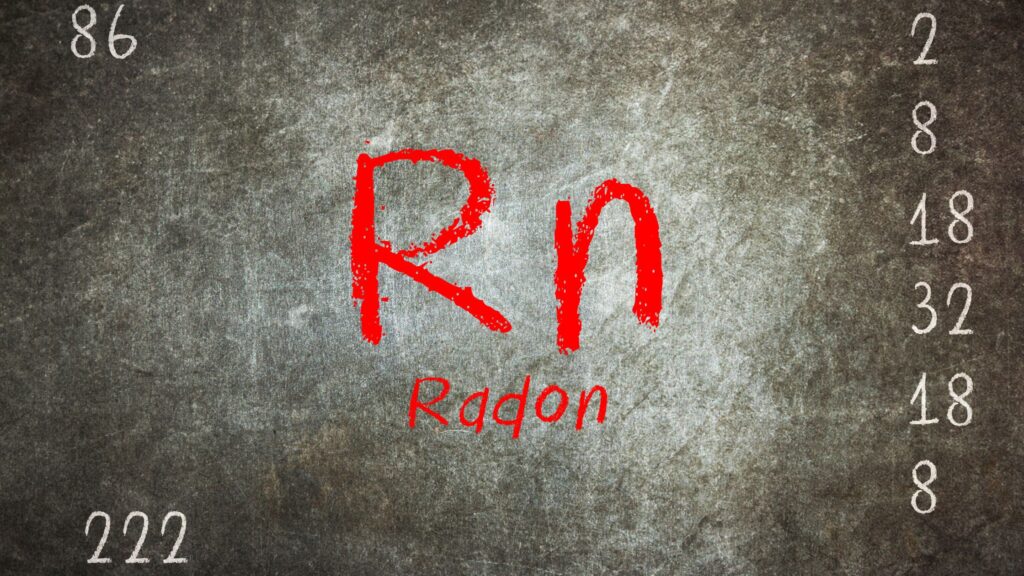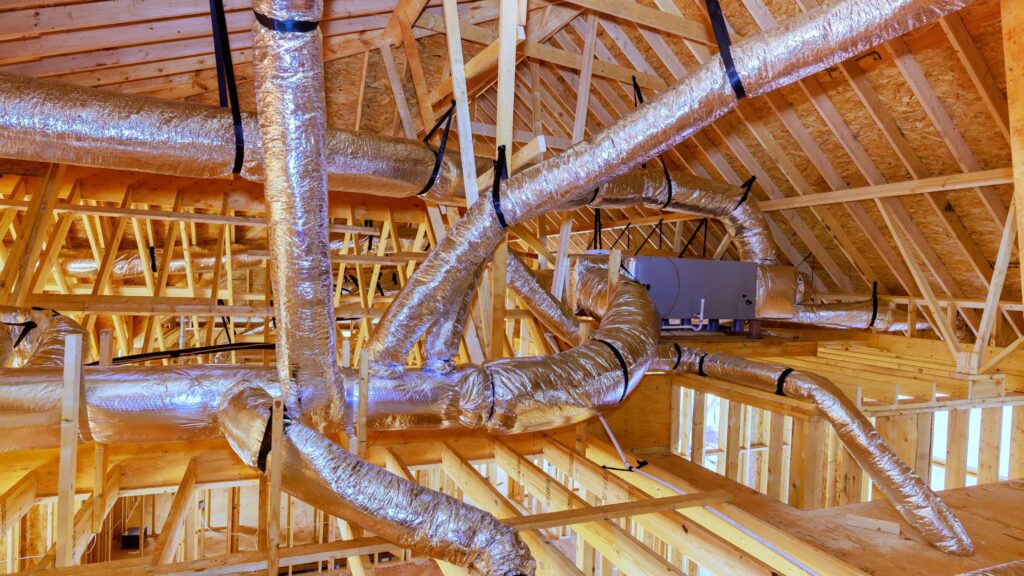Radon is a naturally occurring radioactive gas that silently enters homes, schools, and workplaces. You cannot see it, smell it, or taste it, yet it poses serious health risks over time. Because radon is the second leading cause of lung cancer, families often ask: Where does radon come from? Understanding its origins and pathways helps you take the right steps to protect your household.
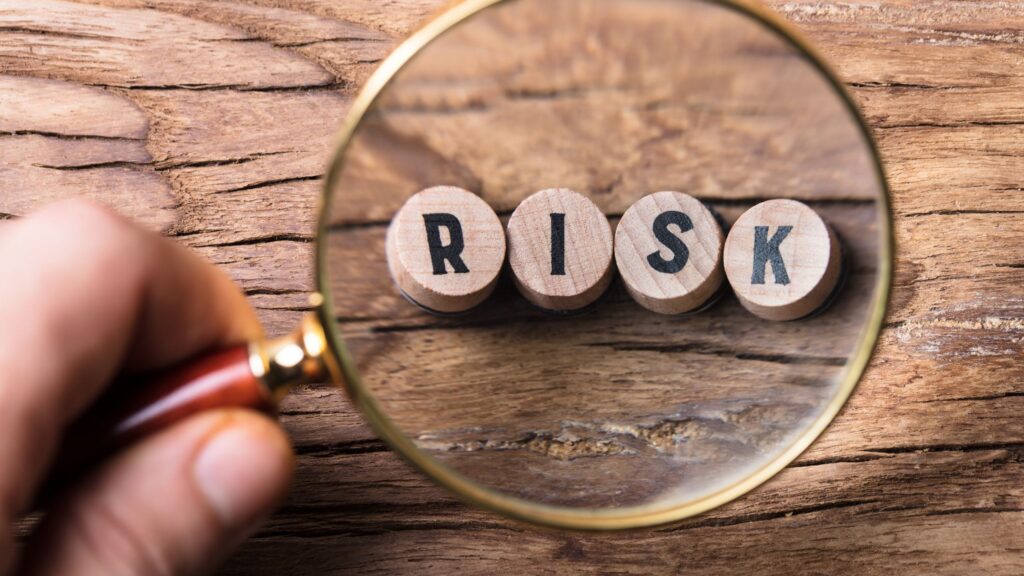
The Origin of Radon
Radon is a byproduct of natural geological processes. Here is how it forms:
- Uranium in the ground – Most soil and rocks contain small amounts of uranium, a radioactive element.
- Decay into radium – Over thousands of years, uranium naturally decays into radium.
- Transformation into radon gas – Radium then breaks down further, releasing radon, an odorless and invisible gas.
- Movement into the atmosphere – Radon rises through the soil and is released into the air or trapped indoors.
Because uranium exists almost everywhere in the Earth’s crust, radon is common across all regions. Even areas without a history of high radon can still experience elevated levels inside buildings. Learn more about the Invisible Natural Threat.
How Radon Moves Into Buildings
Once radon forms underground, it looks for the easiest path upward. Unfortunately, homes and buildings often provide openings that allow the gas to enter. The most common pathways include:
- Cracks in basement floors or walls – Even hairline cracks are enough for radon to slip through.
- Construction joints and gaps – Spaces where floors meet walls or where foundations connect allow radon to rise.
- Crawl spaces and sump pumps – Exposed soil or open drains make ideal entry points.
- Pipes and wiring channels – Gaps around plumbing and electrical conduits act as direct passageways.
- Air pressure differences – Homes often have lower pressure than the surrounding soil, which draws radon inside like a vacuum.
Once indoors, radon tends to accumulate in basements, lower floors, and poorly ventilated rooms, where it becomes most dangerous.
Additional Sources of Radon
Although soil is the primary source, radon can also come from:
- Building Materials – Materials such as granite countertops, concrete, and natural stone contain trace uranium that can release radon.
- Groundwater Supplies – Private wells may carry radon-dissolved water. Everyday activities like showering, cooking, or washing dishes release it into the air.
- Natural Rock Formations – Areas rich in shale, phosphate, or granite often have higher uranium levels, making radon emissions stronger.
These sources typically contribute smaller amounts compared to soil gas, but they still increase overall indoor radon levels.
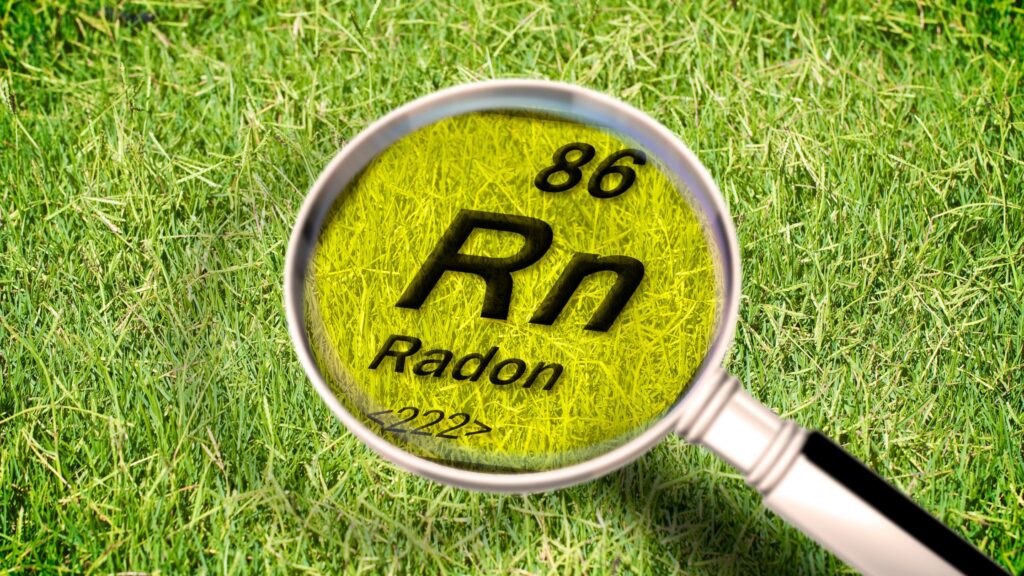
The Health Concern: Why It Matters
The danger of radon lies in its radioactive decay. When inhaled, radon particles lodge in the lungs and damage delicate tissue. Over time, this damage increases the risk of lung cancer. Key health facts about radon include:
- It is the second leading cause of lung cancer, after smoking.
- It is the leading cause of lung cancer in non-smokers.
- Smokers exposed to radon face a much higher combined risk.
- Radon exposure does not cause immediate symptoms; risks build slowly and silently.
Because radon is invisible and odorless, only testing can confirm whether your home is safe.
Testing and Reducing Radon Safely
Testing is the only reliable way to know if radon is present in your home. There are several approaches:
- Short-Term Tests – Provide results within a few days, useful for quick checks or real estate transactions.
- Long-Term Monitors – Track radon over months to capture seasonal changes and provide more accurate averages.
- Professional Testing – Certified technicians use digital radon detectors and specialized equipment for precise evaluation.
If elevated radon levels are detected, mitigation is the next step. Common methods include:
- Sub-Slab Depressurization – A system that vents radon from beneath the foundation to outside air.
- Sealing Cracks and Gaps – Reducing the pathways where radon enters.
- Improved Ventilation – Increasing airflow in basements and lower levels to dilute radon concentrations.
- Re-testing – Confirming that mitigation systems effectively reduce radon levels long-term.
Why Ongoing Awareness Is Essential
Because radon comes from natural uranium decay, it is constantly produced and will never go away. Even new homes can have high radon levels if they are built on soil with uranium deposits. Radon levels also change with:
- Seasonal Weather – Colder months often increase indoor radon as windows stay closed.
- Soil Conditions – Wet or frozen ground can trap radon and push it indoors.
- Home Renovations – Changes to ventilation or foundations may open new radon entry points.
For these reasons, testing should be repeated regularly, even after a mitigation system is installed.
Conclusion
So, where does radon come from? It originates in the soil and rocks beneath our feet, forming naturally as uranium decays. From there, it seeps into homes through cracks, gaps, and groundwater, often going undetected without testing. Families cannot rely on sight or smell—only on regular monitoring and mitigation when needed.
Companies like DSM Radon provide expert testing and reliable mitigation solutions to ensure safer living environments. At the same time, they continue to develop technologies that make health and safety tools more accessible for households everywhere.
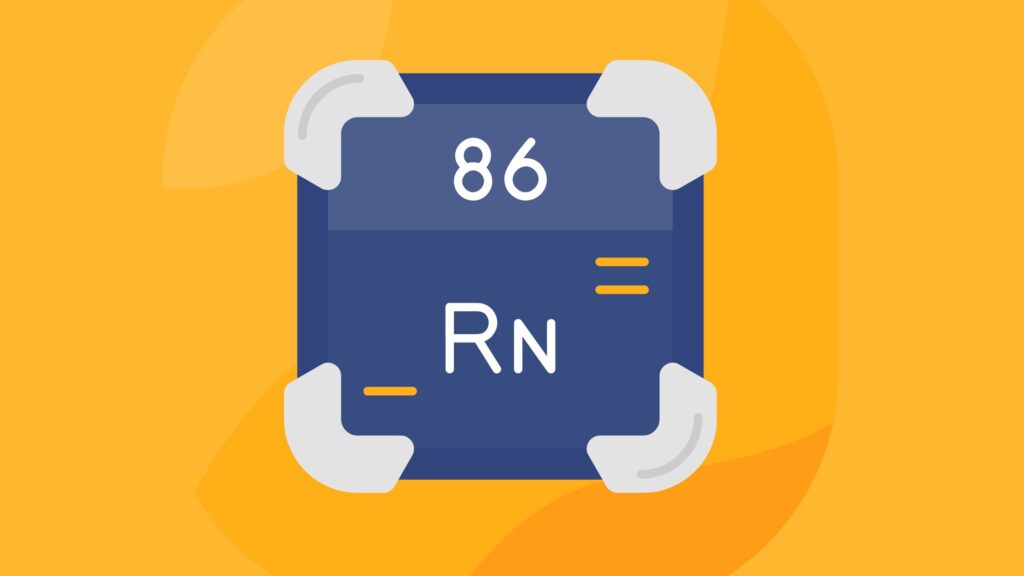
Frequently Asked Questions
1) Where does radon come from?
Radon comes from the natural decay of uranium in soil, rocks, and groundwater. It seeps upward and can accumulate in enclosed buildings.
2) How does radon enter my house?
It enters through cracks in foundations, sump pumps, crawl spaces, open drains, and even gaps around plumbing or electrical wiring.
3) Why is radon a danger to health?
Radon breaks down into radioactive particles that damage lung tissue when inhaled, raising the risk of lung cancer with prolonged exposure.
4) How can radon levels be controlled?
They can be reduced through mitigation systems such as sub-slab depressurization, sealing entry points, improving ventilation, and re-testing.

